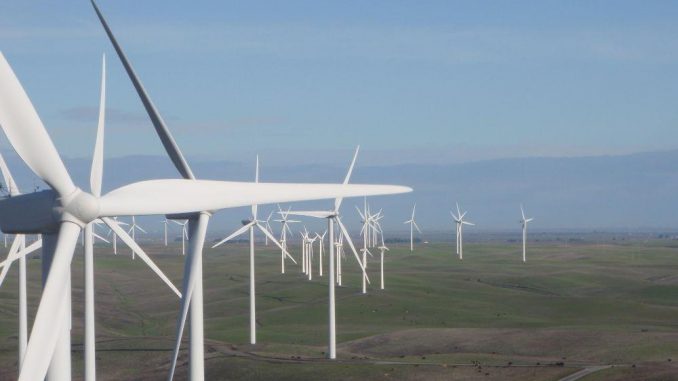
A late monsoon and Delhi suffering 21 consecutive days above 40 degrees C boosted demand in May and throughout June, especially for air conditioning. Total generation reached new record highs, but the days when all of this additional demand came from thermal generation are over. Somewhat less than half the extra energy was thermal, while hydro and renewables played a larger part then previously.
Note that CEA renewable data lags by a month so June’s data is not shown here. However, more up-to-date POSOCO figures and newly added National Power Portal renewable data for June confirm that despite a strong month for thermal generation, its dominance as the majority provider of additional energy continues to slip.
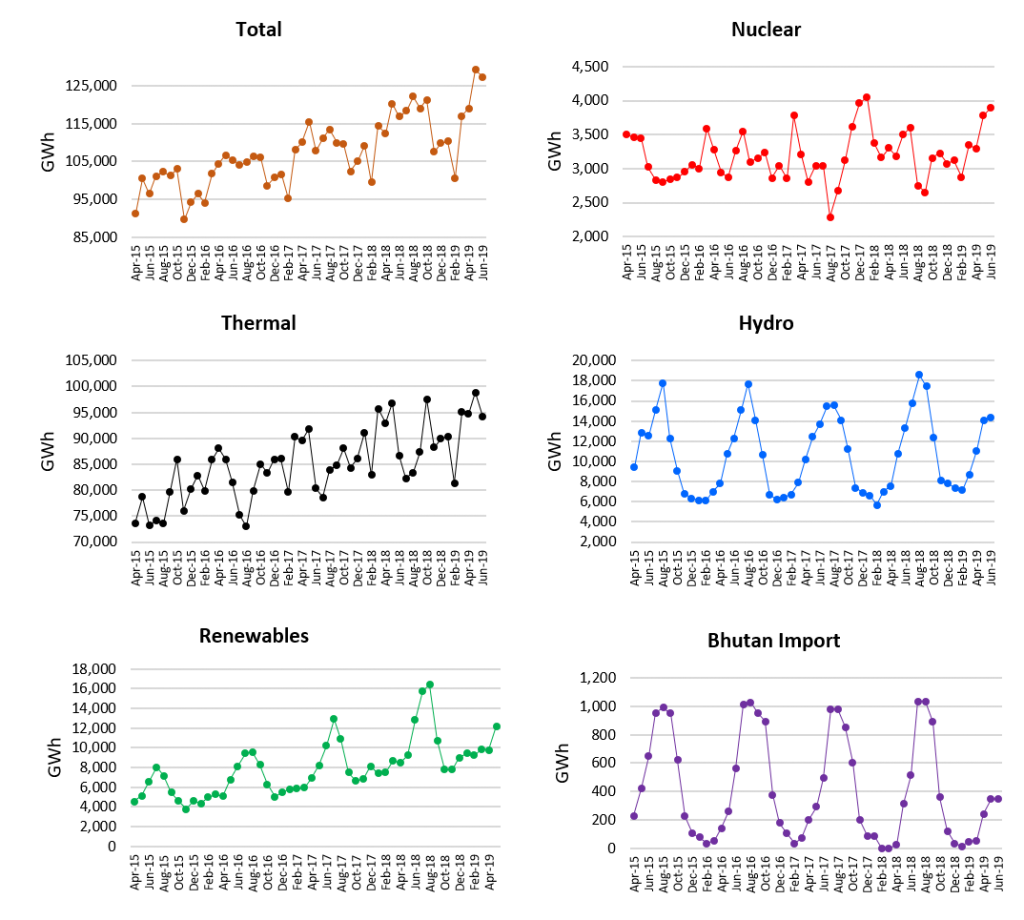
The up-tick in thermal generation is evident for June in the 12-month moving averages, but the last six months have seen a much reduced rate of increase relative to the trend over the last three years. Comparing the total and thermal curves shows that overall generation was able to keep growing more steadily during a period when thermal power had plateaued.
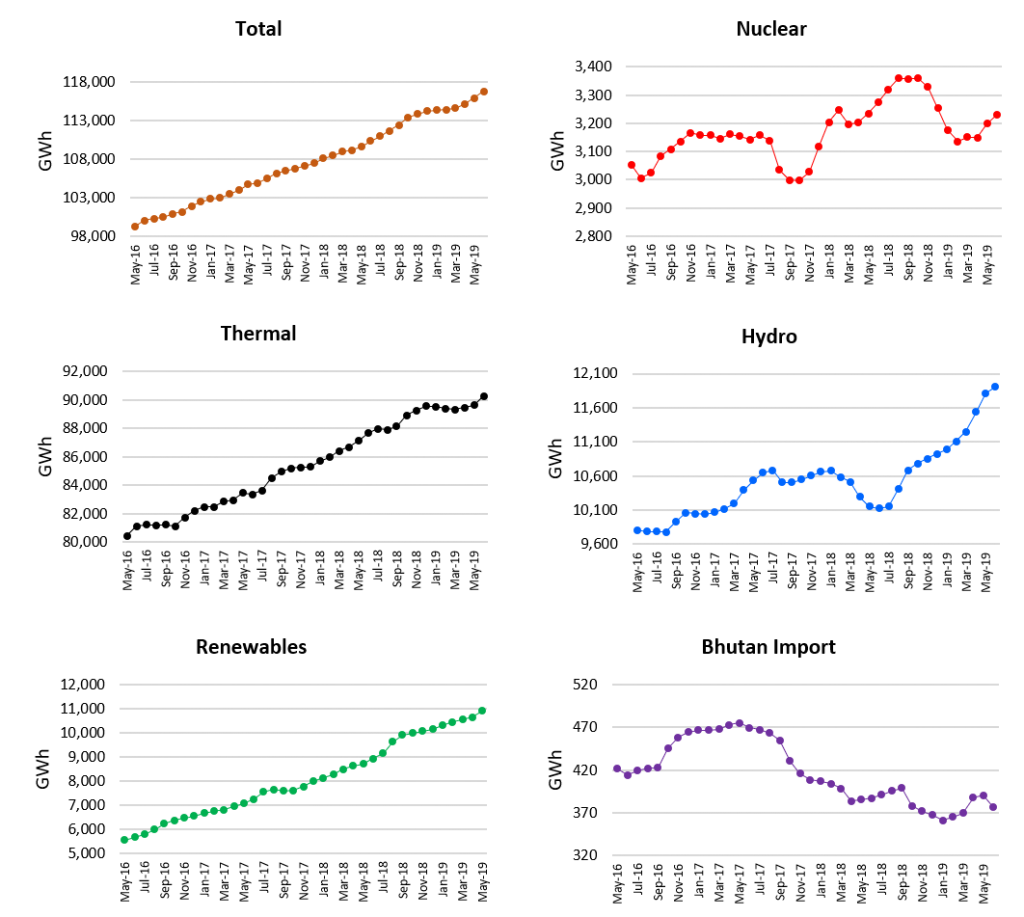
One of the criticisms made of renewable energy is its variability – both across the day and across the seasons. As shown below, one feature of renewable generation growth is that its seasonal lows, as well as seasonal highs, keep growing. This year, the seasonal minimum (at a shade under 8,000 GWh in October), was double the value attained four years earlier.
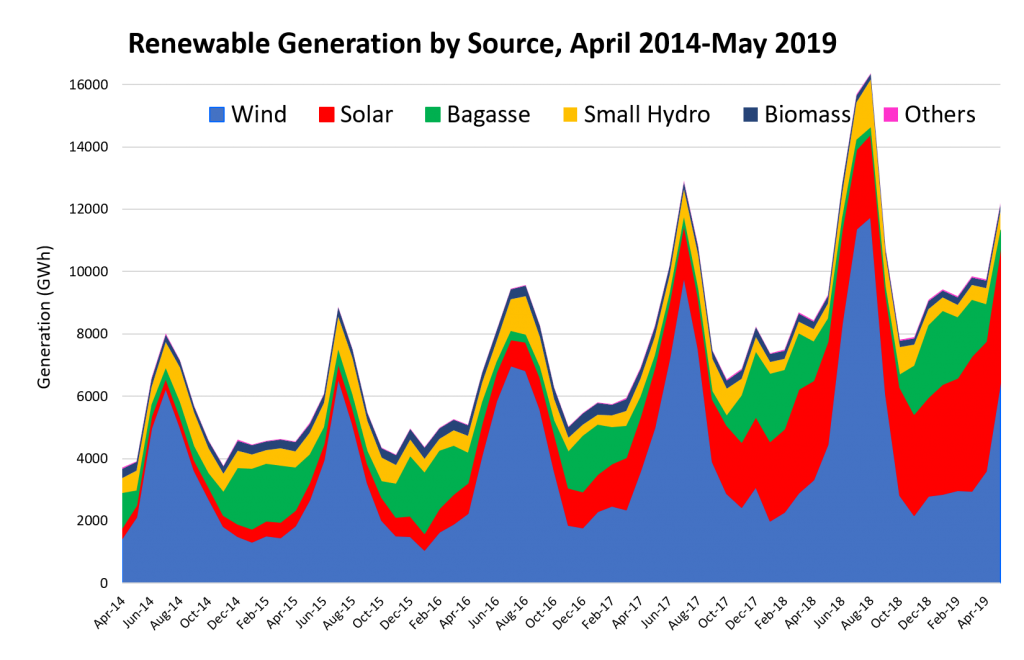

Modest increments in wind and solar capacity in the last two months continue to outpace net growth in thermal capacity, so that renewable capacity has grown 3.5 times faster than thermal over the last two-and-a-half years. This means that even with a far more modest capacity factor, the additional renewable capacity is now able to generate more energy than additional thermal capacity.
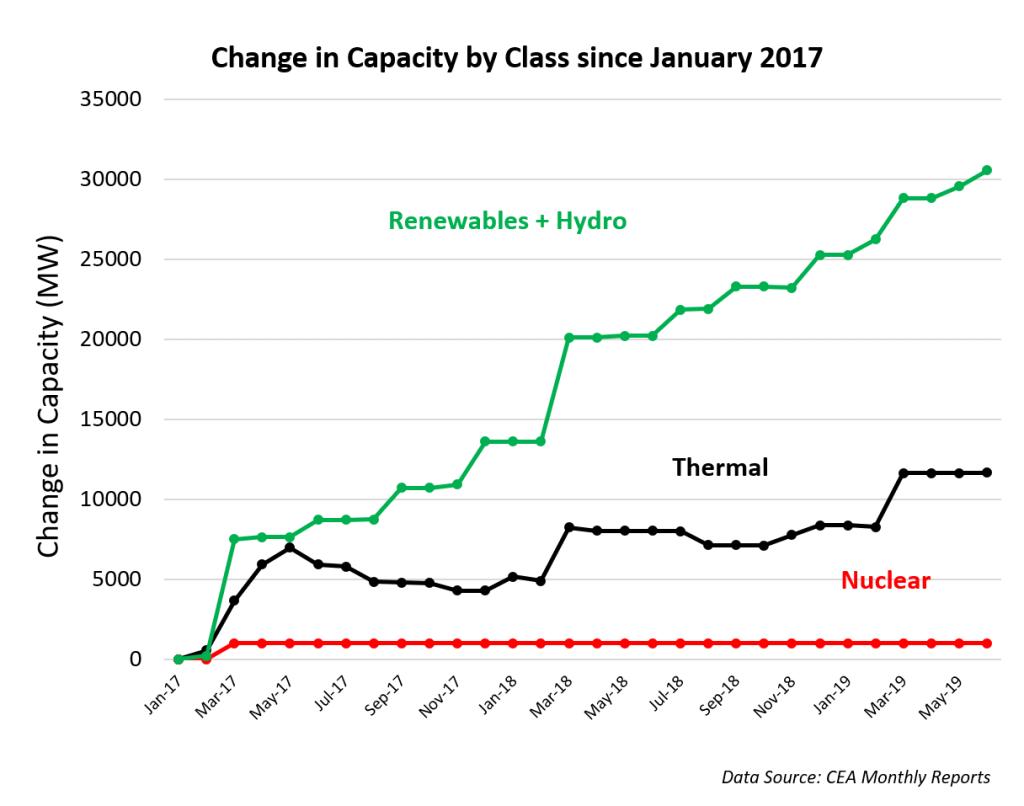
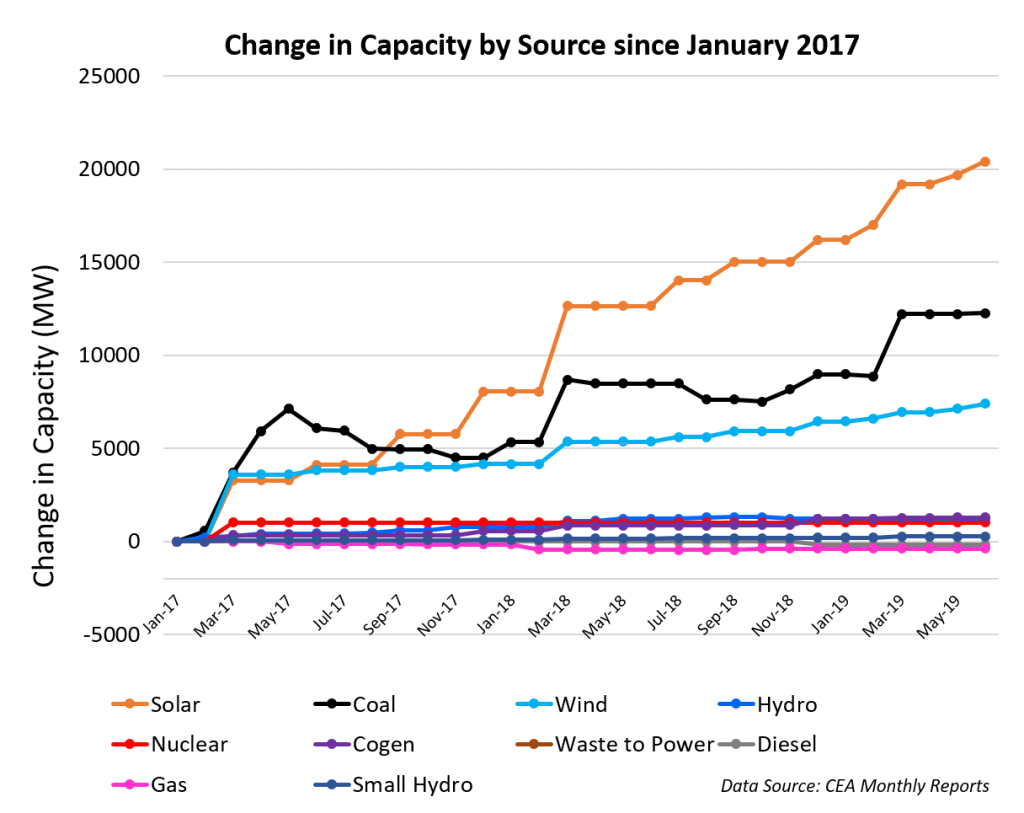
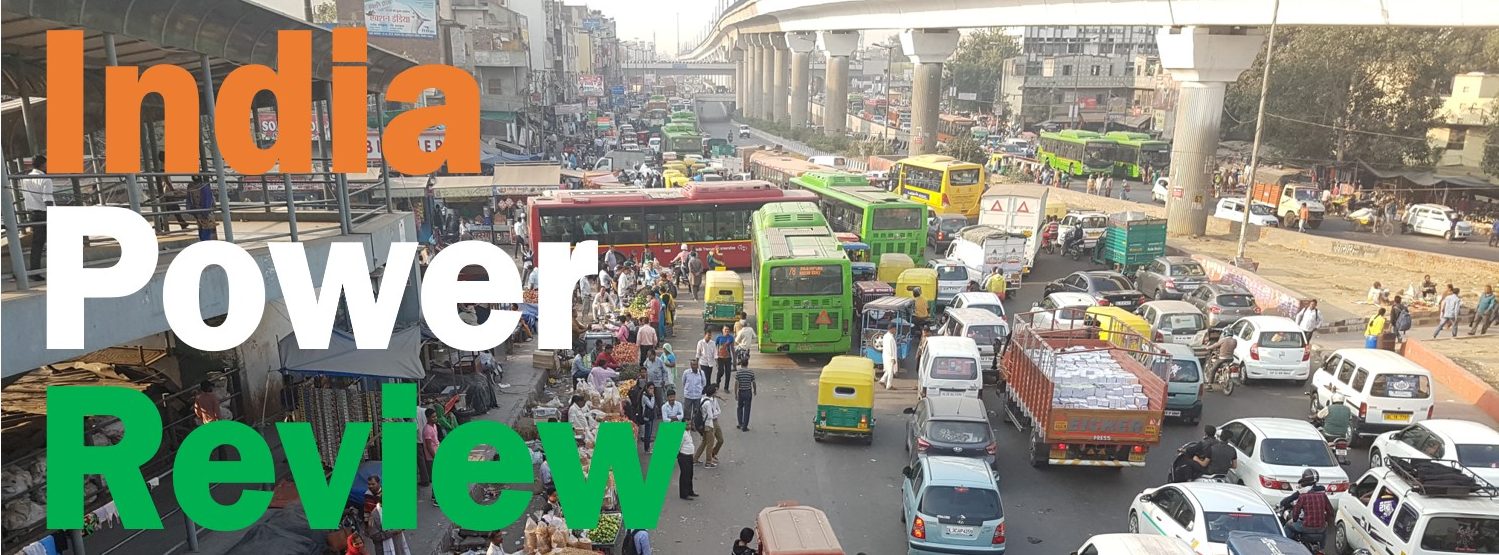
Be the first to comment